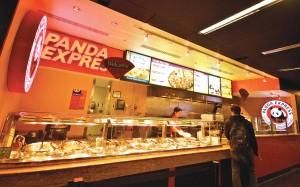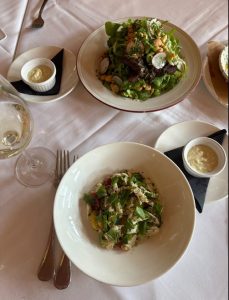No headline provided

February 17, 2012
Tulane business professor Janet Schwartz conducted a study onAmericans’ eating habits and the ability of people to make healthyeating choices at Duke University in 2010-11.
“We were looking for ways to help people eat healthier that weremore effective than calorie labeling, which is everywhere now butdoesn’t seem to change people’s eating behavior,” Schwartzsaid.
In one test, servers asked customers if they wanted to save 200calories by taking only half of a starchy side dish, such as riceor noodles, and receiving a discount in price. In another test,researchers posted nutritional information along with the offer fora discount on a smaller serving, but servers did not explicitly askcustomers if they wanted to downsize their meals.
“We found that no one asked for less food on their own, but onthe days we made an explicit offer to downsize, up to a third ofthe customers did it,” Schwartz said.
Schwartz said that people who took the smaller serving reportedbeing just as satisfied.
Aline Gr??neisen, a research assistant on the study, said she wassurprised by the different responses in the two tests.
“Being in the restaurant for the duration of the study, it wasshocking to find over and over again that people didn’t requestless food on their own, but many were delighted to downsize theirmeals when invited to do so,” Gr??neisen said.
Tulane senior Laura Cannon said she is skeptical of thewidespread applicability of the study.
“I wonder if you can necessarily offer prescriptive advice torestaurants based on a small sample of students from of studentsfrom Duke University,” Cannon said.
Gr??neisen, however, said she thinks the study reveals somethingsignificant about how Americans eat at restaurants.
“The results show that our preferences are not always revealedby our decisions. Sometimes we just need a simple reminder in orderto exercise self control,” Gr??neisen said. “When we are given anexplicit opportunity to be healthier, we will often seize it.”
Schwartz said she thinks restaurants can learn from the resultsof the study and offer smaller dishes as the default, lettingpeople request more food if they want to do so.
“Before this study, restaurants were reluctant to do thisbecause they thought people would feel short changed or beoffended, but what we have shown is that there is a lot of consumerdemand for variable portion sizes,” Schwartz said.









Leave a Comment